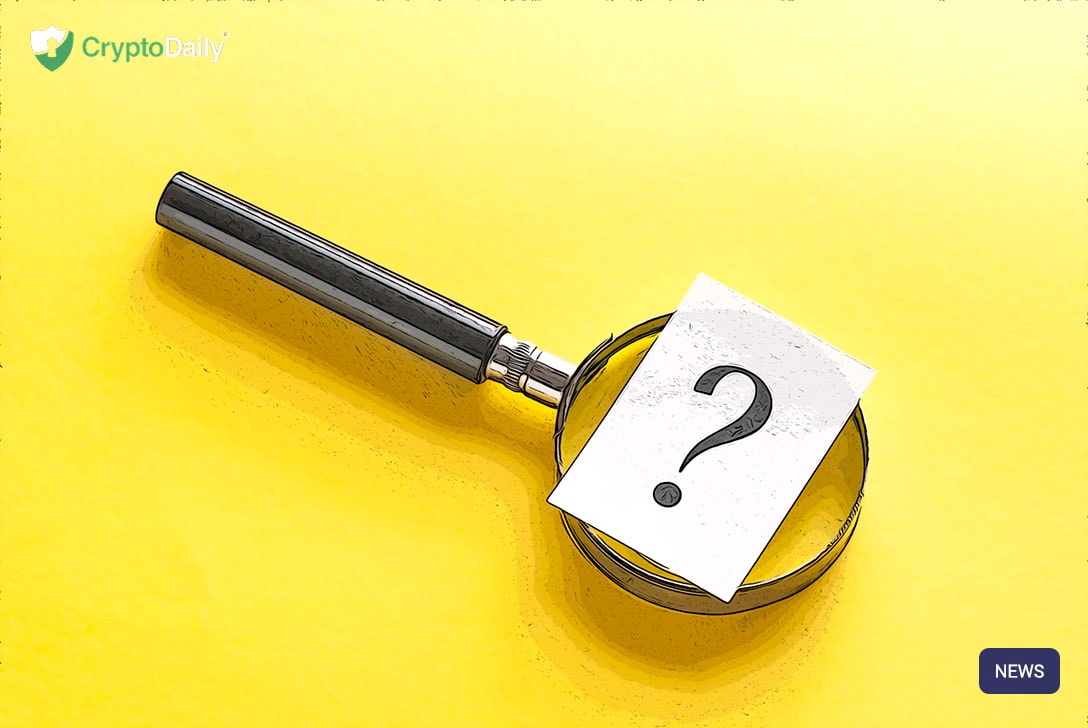- Saga Monetary Technologies unveiling a new ERC20 token that is backed by a basket of national currencies.
- Saga hopes that its eponymous token can succeed where other digital assets have floundered.
Saga Monetary Technologies, better known as Saga, has thrown its hat into the stablecoin ring, unveiling a new ERC20 token that is backed by a basket of national currencies. Saga’s offering comes with a twist, however: it incorporates an elastic issuance model, thanks to a monetary mechanism that emulates the IMF’s SDR. Backed by a number of high profile VCs, and with $30m in private funding, Saga hopes that its eponymous token can succeed where other digital assets have floundered.
A New Player Enters the Global Currency Game
Saga’s regulatory compliant stable token has caught the cryptosphere’s attention thanks to a number of innovative features that distinguish it from traditional fiat-backed assets. The company has expressed the hope that SGA can become a global medium of exchange that is not constrained by the restrictions that have fenced in other stable assets. Tether (USDT) is limited to the cryptoconomy, and has seen little use outside of this vertical. Libra’s mooted currency is mired in red tape, and the proposed CBDCs that various nation states are developing will be limited to use within their respective countries. Saga believes the universal characteristics of its digital asset will equip it for international C2B, B2B, and P2P trade.
Further distinguishing Saga from existing stablecoins is its monetary model that is designed to reduce reliance on the basket of national currencies it will be anchored to at launch. Through controlling the number of tokens in circulation, Saga hopes to engineer a coin with low volatility, making it suited to frictionless global settlement. This will also free token-holders from being subjected to the fluctuations of fiat currencies whose variance can deleteriously affect global trade. Geopolitical events, ranging from Brexit to trade wars, can all impact upon fiat currencies, be they paper or digital. Through reducing reliance on any single currency, SGA should prove more resilient to such macro events.
A Digital Coin That Looks Good on Paper
Securing adoption will be the key to SGA realizing its architects’ vision of a global currency that’s suitable for payments and remittance. On paper, at least, Saga would appear to be well qualified for realizing this lofty ambition. Its advisory board includes Prof. Jacob A. Frenkel, PhD, chairman of JPMorgan Chase International and former governor of the Bank of Israel; Prof. Myron Scholes, Nobel laureate in economic sciences and professor emeritus at Stanford University; and Leo Melamed, former chairman of the Chicago Mercantile Exchange (CME). It’s also got the backing of leading VCs including Lightspeed, Mangrove Capital Partners, and Vertex Ventures.
In addition to marking a shot across the bows of Libra coin and CBDCs, SGA’s entrance into the fray will see it go up against the world’s leading digital currency – bitcoin. As a compliant stablecoin, SGA cannot compete with bitcoin’s pseudonymity, but Saga sees this as a benefit, not a drawback. Bitcoin will always exist to serve the functions that bitcoin is best equipped to do, while Saga’s token can meet the demand for a global currency whose governance and compliance characteristics will ensure it doesn’t attract ire from regulators.
Bitcoin’s susceptibility to market manipulation, and its attendant volatility, is a key reason for the SEC repeatedly denying applications to launch a bitcoin ETF. With a successful application likely to be years away, there is little prospect of bitcoin maturing into a store of value in the near future. If bitcoin is censorship-resistant money, SGA is gunning to become geopolitical-resistant money: a stable asset that will maintain its value come rain, shine or sanctions. Only time will tell whether that vision comes to pass.
Investment Disclaimer






